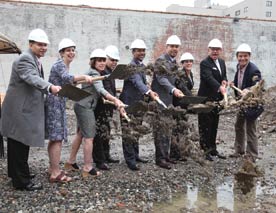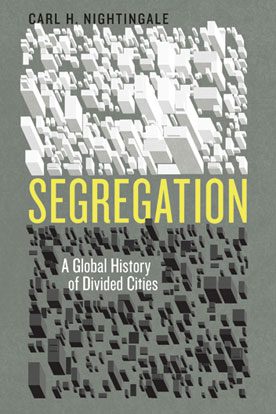Rich people are increasingly likely to live among other rich people and poor people are increasingly likely to live among other poor people. This decline in middle-income neighborhoods and the rise of poor and wealthy ones has been documented in several academic, government, and research center reports in recent years. The Pew Research Center has contributed a valuable addition to this unfortunately growing literature.
As the Pew researchers note, between 1980 and 2010 in the nation’s 30 largest metropolitan areas, the share of poor households living in predominantly poor neighborhoods (defined by census tracts) increased from 23 percent to 28 percent, while the share of wealthy households in predominantly wealthy neighborhoods grew from 9 percent to 18 percent. The share of neighborhoods where lower-income households constituted the majority increased from 12 percent to 18 percent, while the share that were predominantly upper-income grew from 3 percent to 6 percent. Most neighborhoods are still middle class and that is where most households, rich and poor, live. But this pattern is changing rapidly. (At the same time, the Pew researchers note that racial isolation has still consistently been greater than isolation by income levels.)
The Pew report does not examine in detail the causes of these patterns, but suggests they result from local housing policies, zoning laws, real estate practices, migration trends, and characteristics of the local economy and workforce. For example, San Antonio and Houston had the largest increases in the share of lower-income households in majority lower-income tracts, and both had a large influx of low-skill, low-wage immigrants from Mexico.
The report also doesn’t address the costs of these continuing patterns of inequality and uneven metropolitan development and what might be done to ameliorate them. But these are hardly unknown. For detailed analyses of the severe consequences of the spike in inequality and what might be done to ameliorate these costs, good places to start would be Joseph Stiglitz’s The Price of Inequality: How Today’s Divided Society Endangers Our Future (W.W. Norton 2012), Timothy Noah’s The Great Divergence: America’s Growing Inequality Crisis and What We Can Do About It (Bloomsbury Press 2012), and Richard Wilkinson and Kate Pickett’s The Spirit Level: Why Equality Makes Us Stronger (Bloomsbury Press 2009).
The challenges before us are not primarily a lack of knowledge of what can be done, but rather generating the type of politics that will result in the public policies and private practices that have been shown to work. The Rise of Residential Segregation by Income can inform those debates and, hopefully, nurture the necessary activism.





good post
Sociologists should also pay attention to the discrimination by the middle class against the poorer classes and not just to the discriminaiton of the wealthy and even amongst different income levels amongst the poorer classes.
It is a much more complicated structure of discrimination than suggested by the above review. The economic severity may not be as obvious.